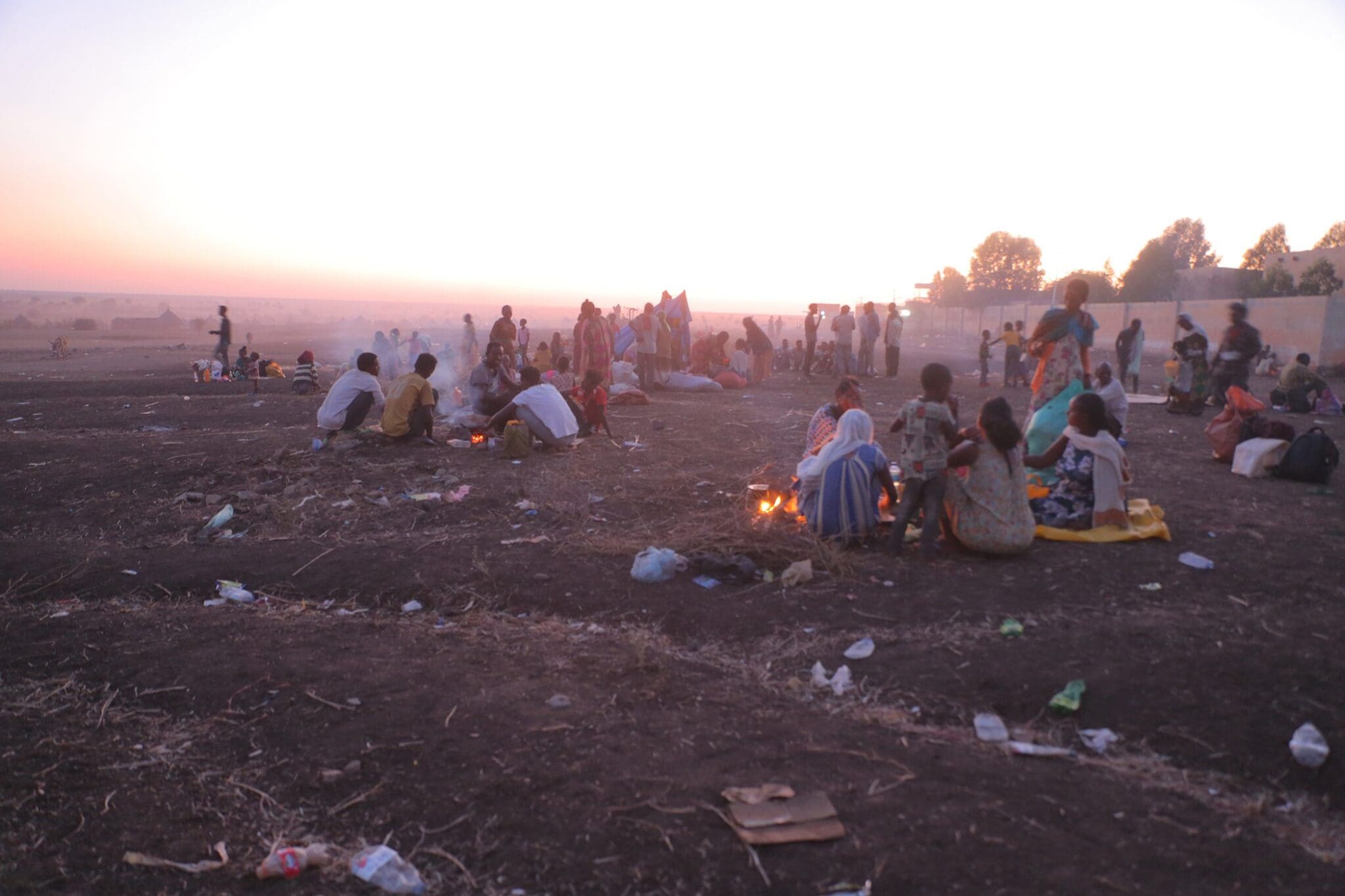In early November 2020, military confrontation erupted in the northern Tigray region of Ethiopia, forcing more than 61,000 refugees to flee for their lives into neighbouring Sudan.
The violent confrontation is being fought between the Federal Government of Ethiopia and regional leadership forces in the Tigray region, which have experienced long-standing tension since 2018. The election of Abiy Ahmed as Prime Minister of Ethiopia signalled a restructuring of power. Whilst this ended decades of dominance by the Tigray People’s Liberation Front (TPLF) as the dominant party in Ethiopia’s ruling coalition, the election also heightened tensions as power was restructured among the coalition’s ethnically based components. The election was hailed as a corrective measure to address widespread concerns of political repression and to rectify the disproportionate influence held by the Tigray regional forces for nearly three decades.
The tensions erupted into open conflict in September 2020. In part due to the COVID-19 crisis, the decision to postpone federal elections became a catalyst for TPLF defiance as the party chose to proceed with their own regional elections. On the 4th of November, a reported attack by the TPLF on federal forces became an immediate spark for violent conflict. The federal government opened a military offensive against the ruling faction of Tigray. The federal government has declared a State of Emergency. Despite the announcement of an official end to military operations, the volatile situation in Ethiopia continues to destabilise the region, and has led to a full-scale humanitarian crisis.
The conflict in Tigray has forced over 61,000 Ethiopian and Eritrean refugees to flee their homes and seek safety across the border in neighbouring Sudan. Refugees arrive each day with little more than the clothes on their back, exhausted and frightened from the sudden outbreak of violence. The individuals who have been forced to flee are traumatised and confused from the experience of being uprooted, never having imagined that they would have to abandon their lives and find protection as refugees.
Many refugees have had to travel great distances to get to safety. Large numbers have walked 300km over rough terrain to get to safety – the equivalent distance of walking from Sydney to Port Macquarie.
Thousands remain trapped within the Tigray region, where essential medical supplies, food and water are running out, and access to healthcare and medical treatment is sparse. Prior to the crisis, the Tigray region was home to some 96,000 refugees who fled Eritrea, an authoritarian nation bordering Ethiopia and Sudan, spread across four refugee camps. Access to these camps was blocked off to the UNHCR in early November last year, amid escalating conflict in Tigray, with access only being regained in two of the four camps in January 2021. Two of the refugee camps, Shimelba and Hitsats, remain blocked off to the UNHCR despite persistent calls to allow access. Many of the individuals in these camps have been without aid for many weeks, and their safety concerns are widespread.
With almost no end in sight, humanitarian agencies have been overwhelmed in their current capacity to provide aid, with life-saving assistance needed more urgently than ever. The conditions within these camps remain desperate, with many families often being forced to use unclean water for washing, cooking and drinking, leading to illness. The impacts of COVID-19 have only made the situation direer, highlighting more than ever the unequal burden that has been placed on those in positions of conflict. The simple act of having a home has become the utmost privilege – one that is not experienced by the thousands of refugees in Ethiopia and Sudan, nor by the millions of refugees worldwide.
For more information on how to help, please visit: https://www.unrefugees.org.au/emergency-response/ethiopia-emergency/





